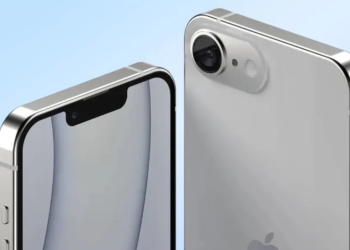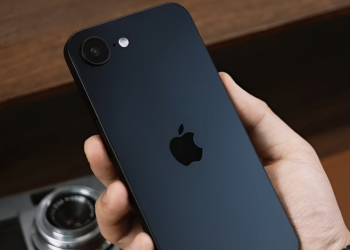The world has already begun working on 6G, the incredibly quick sixth generation of wireless technology intended to provide limitless connectivity, even as India ushers in 5G. 6G could prove to be a game-changer for the Indian economy in a number of ways, including with regards to precise rain prediction, seamless oversight of social programmes, and streamlining logistical chains. Despite the fact that 6G is only anticipated to be widely adopted by 2030, Prime Minister Narendra Modi has committed to make India one of the early adopters.

thinkstock/Representational Image
![]()
What is 6G?
The sixth generation of wireless technology is known as 6G. Following on from 4G and 5G, a 6G network uses higher frequency bands and flexible, cloud-based networking technology to provide unheard-of speeds and microsecond latency.
Data speeds on 6G are anticipated to be around 100 times quicker than those on 5G. With 6G, there are 10 million connected devices per square kilometre, compared to one million with 5G. 6G’s extremely low latency and quick data rates could spur a surge in AI-enabled apps. 6G is anticipated to change our world by streamlining and improving a variety of procedures, as well as by lowering the demand for human engagement and monitoring. China, the United States, Japan, South Korea, and a few European nations have already begun developing 6G.
What advantages would 6G have?
The…



























































